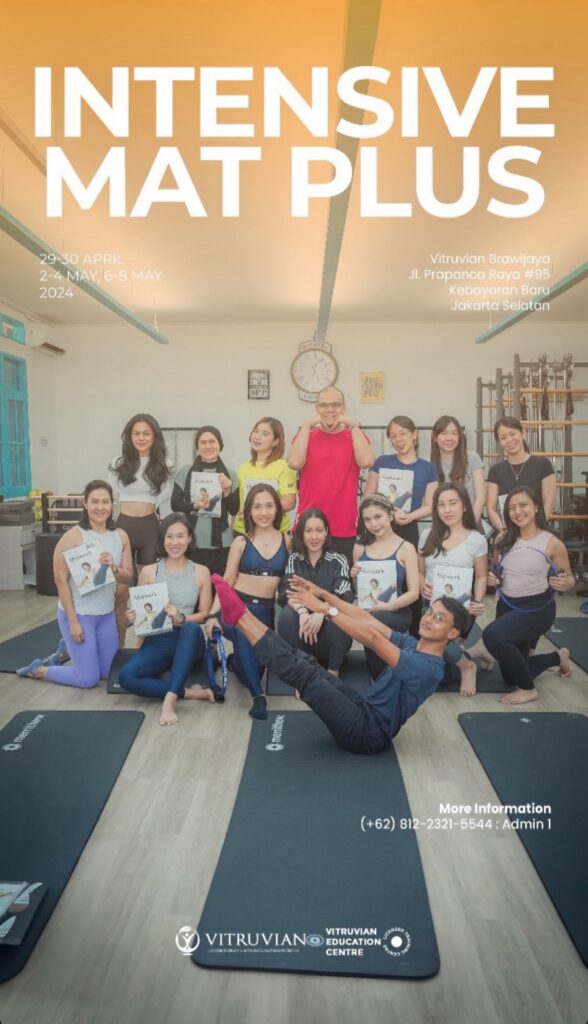
As an avid practitioner of yoga and gymnastics, I have often witnessed the tendency for individuals to become overly fixated on a particular approach. While I have deeply cherished the postural and physical aspects, as well as the rich history of these disciplines, I recognized the importance of broadening my horizons by delving into other popular movement methodologies worldwide. Consequently, I decided to embark on the journey of learning Pilates, an exercise regimen that emphasizes breath awareness and body consciousness during movement.
Approximately a year ago, my curiosity about Pilates piqued, and I took the opportunity to enroll in a private class package in the Bintaro area of South Tangerang. This experience provided me with invaluable insights into the intricate world of Pilates movements. Without delving into the details of my profession or hobbies, the instructor astutely observed my posture and seamlessly guided me through the afternoon Pilates session. Recognizing my existing body awareness from yoga and the flexibility of my hamstrings (thanks to gymnastics and yoga), as well as my atypical toe-pointing ability for a male (courtesy of gymnastics), the instructor tailored the class accordingly.
Having mastered body awareness and core control through my previous practices, I found myself primarily learning about control within the Pilates realm. Unlike yoga and gymnastics, where I was afforded the freedom to explore the boundaries of my body’s capabilities – twisting, inverting, folding, and opening joints – Pilates presented a different challenge. Certain movements required me to resist and hold within the midrange of joint motion, a departure from my inclination to push to the limits of my range. This forced me to engage the supporting muscles around the targeted joints more consciously, a valuable lesson in moderation – the essence of Pilates, formerly known as “Contrology.”
As I navigated the decision of where to pursue my Pilates education, I recalled a name revered within Jakarta’s movement community – Lily Touw. A former yoga teacher of mine had spoken highly of Lily, crediting her as one of the most instrumental figures in their journey. Lily Touw now operates a network of physiotherapy and Pilates studios, as well as other movement methods, across Java and Bali. Driven by her esteemed reputation in the movement world, I chose to learn at her Vitruvian Studio in Kebayoran, South Jakarta.
Over the course of eight days (totaling 40 hours), I immersed myself in the principles of STOTT Pilates, grasping the repertoire and execution techniques of mat exercises. For those who perceive yoga and Pilates as similar, I must respectfully disagree. Throughout this intensive mat Pilates course, I found myself relearning the fundamentals of movement and thinking patterns, as the underlying principles diverged significantly from the yoga approach.
While it is true that Pilates cannot be equated with yoga philosophically or spiritually – yoga’s roots delve much deeper into spirituality and philosophy – the physical asanas may resemble Pilates movements. However, the emphasis and techniques differ substantially. Pilates places a greater focus on posture and movement principles tailored to each individual’s body. Even the breath technique varies considerably. In the STOTT Pilates method I studied, I had to inhale through the nose and exhale through the mouth, a stark contrast to yoga’s exclusive use of nasal breathing for both inhalation and exhalation. This simple distinction challenged my brain to adapt, causing confusion when attempting to provide self-instruction, let alone instruct a class.
Pilates extends far beyond mat exercises, encompassing a range of equipment that must be mastered to become a qualified instructor. For those seeking to enrich their knowledge of movement disciplines and acquire the essential details to guide others in improving their quality of life through better movement, learning Pilates is an invaluable investment. (*/)

